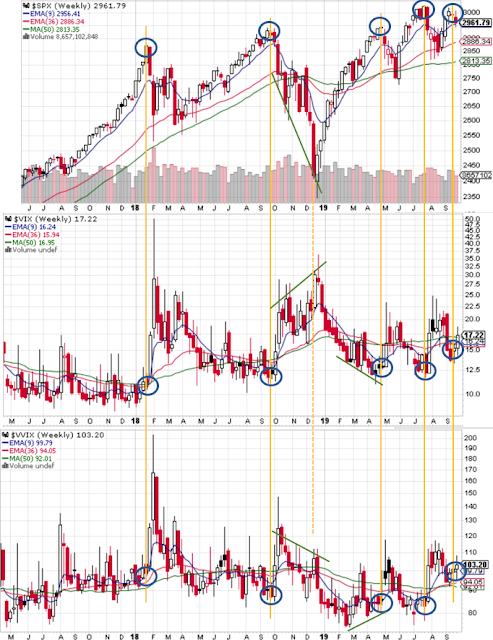Most people fail at the basics of trading options
In the fast-paced world of financial markets, options trading has gained tremendous popularity. The allure of potentially significant profits is undeniable, but the harsh reality is that many traders end up losing money due to a variety of factors. While trading options inherently involves risk, one of the major culprits behind losses is often the choice of a subpar trading platform. In this article, we'll delve into why selecting the right trading platform matters and how making the switch to Options AI can be a game-changer for your options trading journey.
Understanding the Importance of a Good Trading Platform
Why does your choice of trading platform play such a pivotal role in your trading success? A trading platform is where you analyze market data and manage your portfolio. A bad platform can lead to misunderstandings, confusion, and ultimately poor decision-making, leading to losses.
Visualize and Mitigate Risks with Options AI
Options AI understands that effective options trading requires clear visualization and risk assessment. One of the standout features of Options AI is its ability to help users visualize trades and comprehend the inherent risks. Through intuitive tools and visual representations, traders can gain a clearer understanding of how their chosen options positions may perform under various market scenarios. This empowers traders to make informed decisions and manage their risk exposure more effectively.
Highlighting the True Costs with Options AI
The Options AI platform goes beyond superficial option costs by providing insights into how much of a price move is already factored into the option premium. This transparency is essential because it helps traders assess whether an option is overpriced or underpriced relative to the expected market movement. Armed with this knowledge, traders can fine-tune their strategies and make more accurate predictions.
Beyond the Basics: Strategies and Expertise
Options AI distinguishes itself by catering to a diverse array of strategies that go beyond simple call and put buying. The platform is designed to generate trading strategies which offering a broader range of probabilities and profitability. Whether you're interested in spreads, straddles, or iron condors, Options AI provides the framework to explore and execute these strategies with confidence.
Awards Speak Louder Than Words
Recognition from industry experts speaks volumes about a trading platform's quality. Options AI proudly took home the title of "Best Brokerage for Options Trading" at the Benzinga FinTech Awards in 2022. This accolade underscores the platform's excellence in empowering traders to navigate the intricate world of options with precision.
Final Thoughts
The path to success in options trading hinges on the right tools and the right platform. By switching to Options AI, you're gaining a comprehensive solution that facilitates better visualization, risk assessment, and strategy of your trade ideas. Options trading is inherently challenging, but with the right platform like Options AI, you can significantly increase your chances of turning the tide in your favor. It's time to take your options trading journey to the next level.












